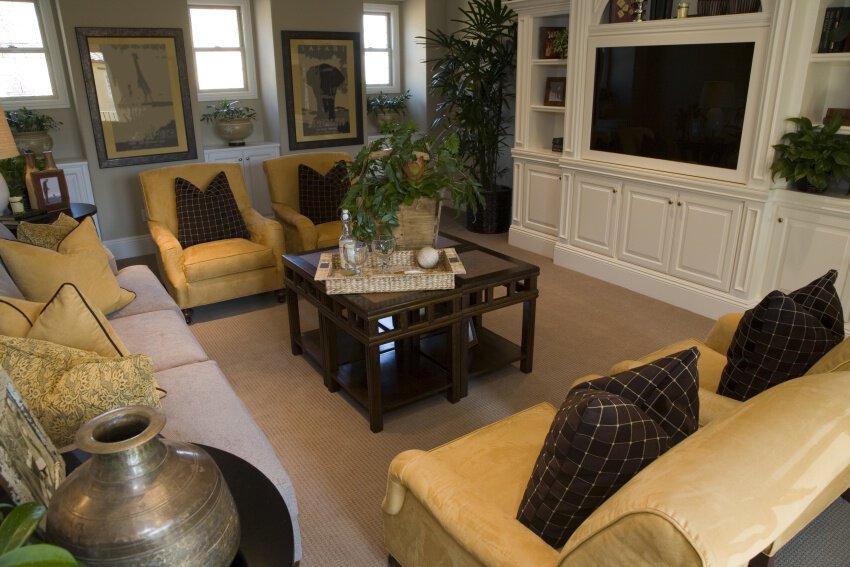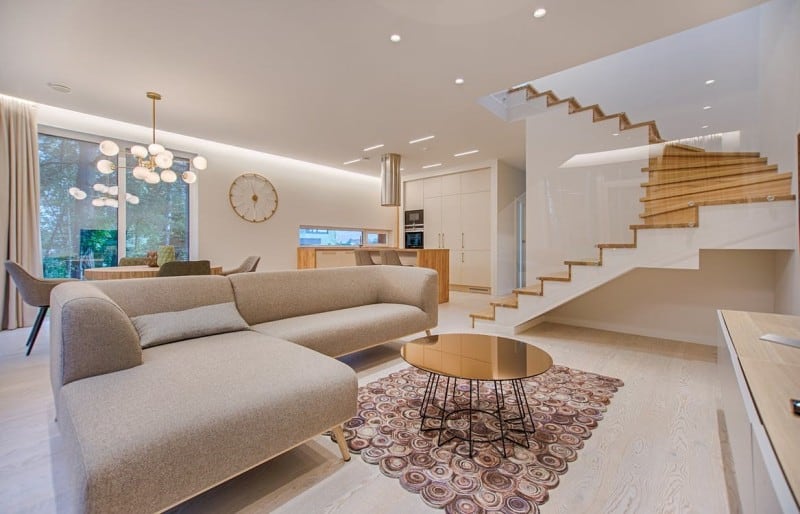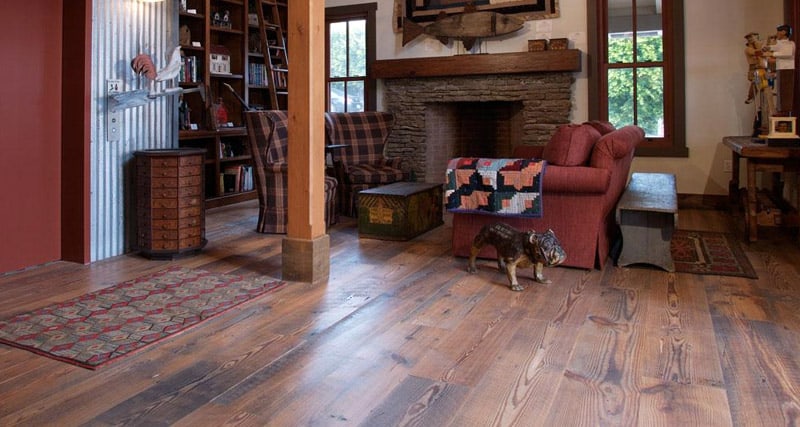FF&E stands for Furniture, Fixtures, and Equipment. Think of it as a design concept that is used to furnish and decorate a hotel or a room in a house.

Most people think that FF&E is all about choosing the right sofa, the right fabric material, and color and so on.
What they often forget is while choosing the furnishings, they need to also focus on other specifications such as functionality, durability, sustainability, technical issues like toxicity, flammability and slip resistance, life safety, and finally the budget.
Following is a step-by-step process of how to use FF&E to design a place:
Research
Researching for FF&E involves finding the right dealer. You might get done with the job at one vendor or meet several of them to find the type of furniture you are looking for.
Researching requirements include:
Making a Selection: Your schematic design will give you a clear idea of what your design requires and what the budget will be
Industry Standards: Does your schematic design meet the Business and Institutional Furniture Manufacturer’s Association (BIFMA) standard? Depending on the location of the project and what kind of property it will be, you need to make sure that the plan meets the industry standards. BIFMA supports safe, sustainable, and healthy environments that help you to make a foolproof plan
Codes / Regulations: Have a look at your local, state, or federal requirements and make sure that your plan adheres to them
Sustainability: LEED requires that your FF&E plan should conform to environmental standards such as energy-efficient building, decreased utility costs, etc.
Samples: Ask the vendors to provide mock-ups so that you can get an idea how the design will look in real life

FF&E Types You Should Be Familiar With
Following are some areas of FF&E that you need to be familiar with before making your design:
Textiles
- Synthetic vs. natural fibers (their positive and negative applications and attributes)
- Specialty fibers (their applications)
- Martindale and Wyzenbeek test to know how resistant the material is to abrasion
- Crocking resistance test
- Fade-o-meter test
- Familiarity with pattern match, dimensional stability, cushion types, breathability, and shrinking
Window Treatments
- Fixed window coverings, soft window coverings, shades, and blinds (operation and characteristics)
- Drapery fullness and its ability to stay back
- Drapery pleats types
Wall Treatments
- Paint applications and types
- Fabric wall covering
- Commercial vinyl wall covering (width and performance quality)
- Crocking
- Scrubbability
- Chemical resistance
- Upholstered panels and its appropriate materials
- Heat-aging and cold-cracking resistance
Floor Covering
- Carpet quantity calculations
- Floor types such as wood, tile, vinyl, carpet, stone, etc
- The coefficient of friction and vitreosity
- Taber test to find out how resistant the floor covering is to abrasions

Flammability and Life Safety Testing
Perhaps the most important thing in FF&E is to find out how safe the materials are that you are choosing. The following tests need to be performed to make sure that the materials match the safety standards:
- Steiner tunnel test
- Vertical ignition test
- Cigarette ignition tests (for furniture composites and components)
- Flooring Radiant Panel Test
- Full seating test
- Methenamine pill test
- Room Corner Test
- Standard Test Method (determines the smoke’s optical density produced by solid materials)
- Woodwork flame-spread ratings
Architectural Woodwork
- Finish types
- Finish vs. millwork carpentry
- Types of veneer cuts and lumber
- Types of substrates and laminate
- Running vs. standing trim
- Actual vs. nominal dimensions
Design
Detail Drawings: Each piece of furniture used should be drawn in detail with its characteristics outlined.
Furniture Drawings: In order to find out how the furniture you bought would look in the room, draw two plans: one that shows the room with the old furniture and another that shows the room with the new furniture.
Furniture Labeling: Label each piece of furniture and don’t forget the technical specifications (measurements).
Cost Estimating
FF&E has its own budget. It does not involve construction details. You need to discuss who will buy the items at the start of the project so that there’s no confusion when the bill is being presented to the client.
Items on the FF&E List
- Furniture
- Appliances
- Decorative accessories
- Window treatments
- Free-standing equipment like copiers
- Entrance mats and area rugs
- Artwork
- Table and floor lamps
- Plants and planters
Finalizing the Purchase Order
When it comes to purchasing the goods, you have three client-designer agreement options:
- The interior designer works as a reseller because she/he creates the purchase order
- The interior designer works as the middle man and purchases goods on the client’s behalf
- The interior designer works as the representative for the owner and gives product specifications and requirements directly to the dealer
You finally enter the furniture installation stage and once the job is done, the owner inspects the place and gives his/her approval. Documents are provided to the owner along with the warranties so that if he/she has any further demands, the designer can make the changes.
Related Posts
- How to Protect Sliding Glass Doors from Burglars: Essential Security Tips
- How Long Do Sliding Glass Doors Last? Durability and Lifespan Explained
- Here Are Some Pros and Cons of Textured Walls in Homes
- Why Do Sliding Doors Get Stuck? Common Causes and Solutions
- Comparison of Knockdown Drywall Texture vs Orange Peel
- Some FAQ (Frequently Asked Questions) About Wall Paneling for Homes
Leave a Reply